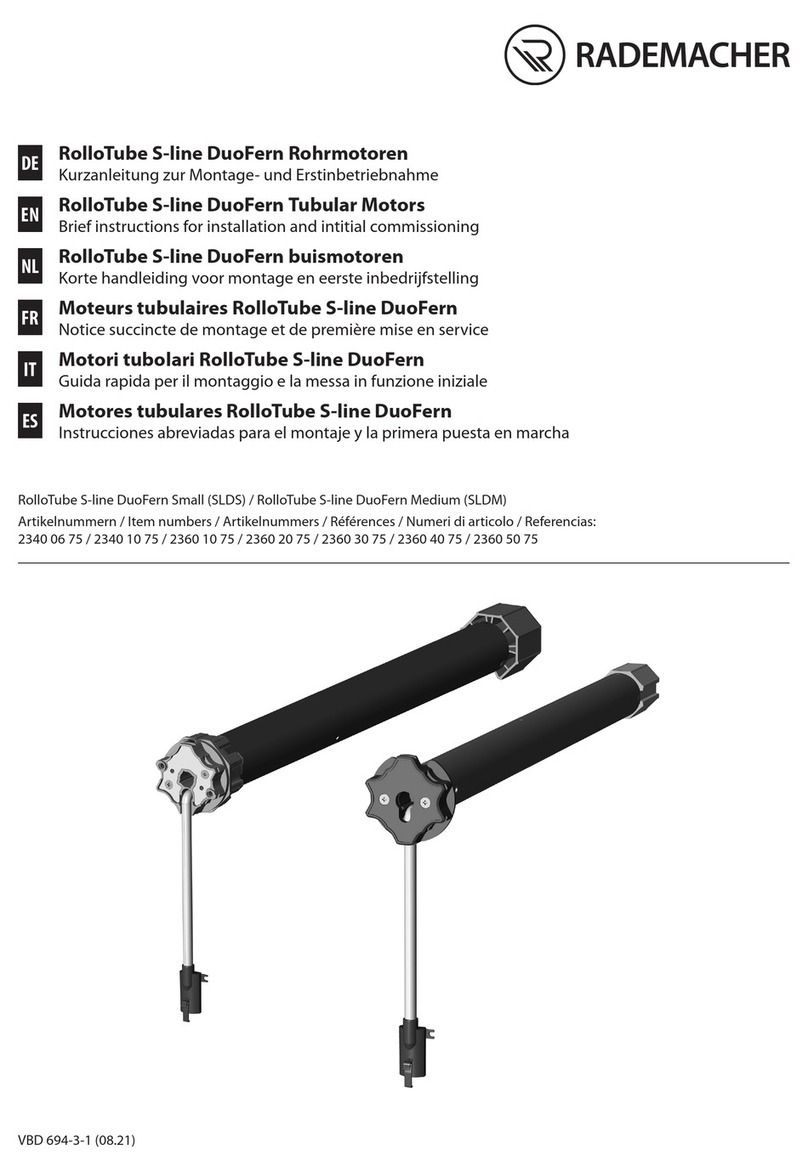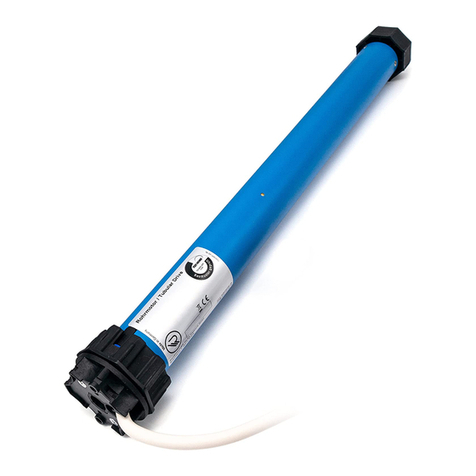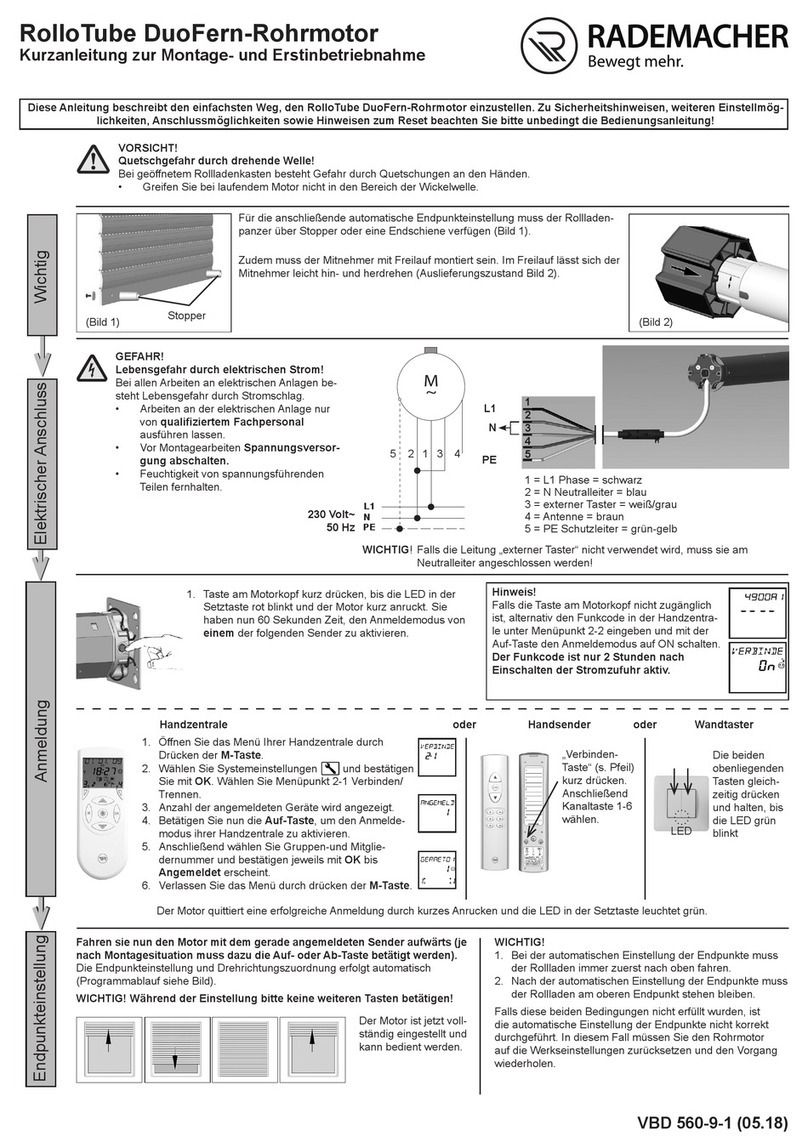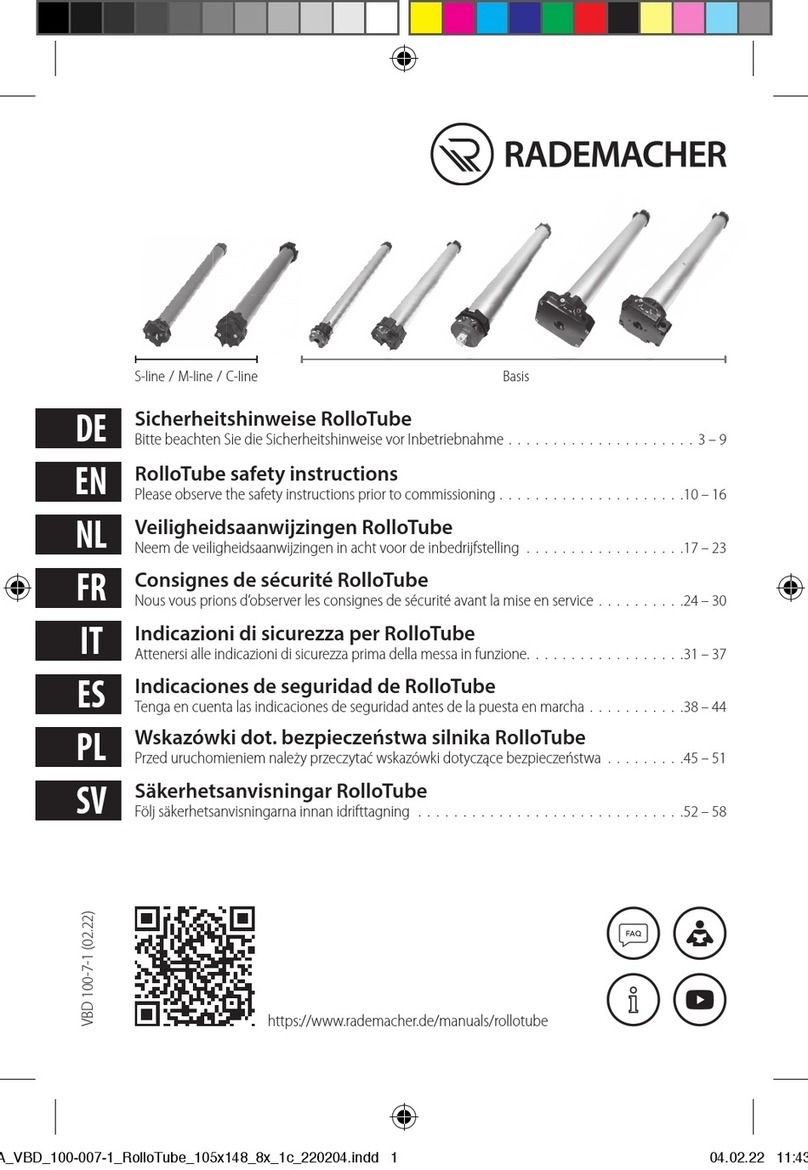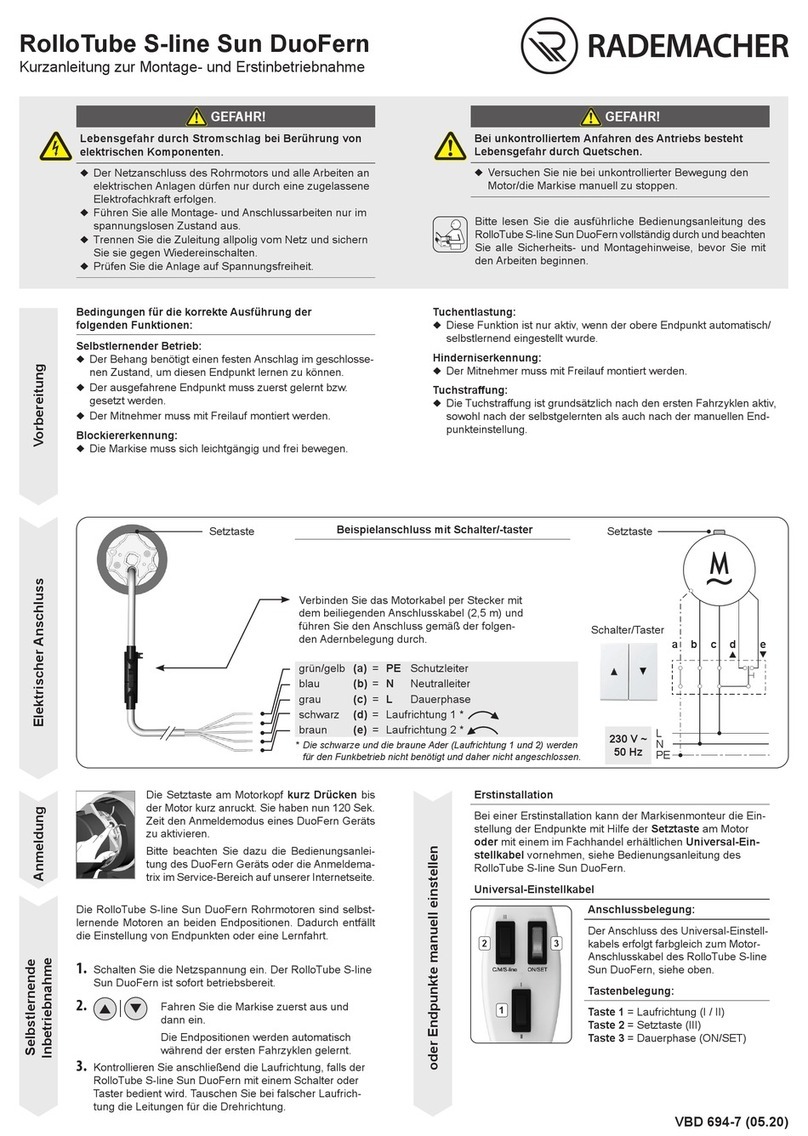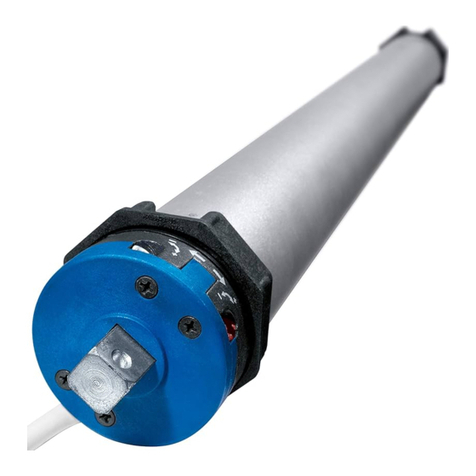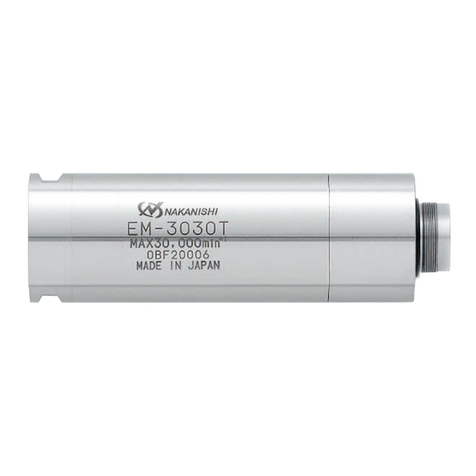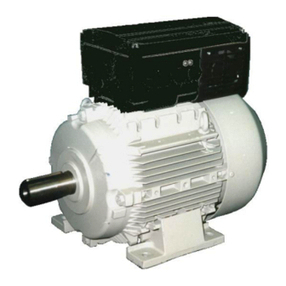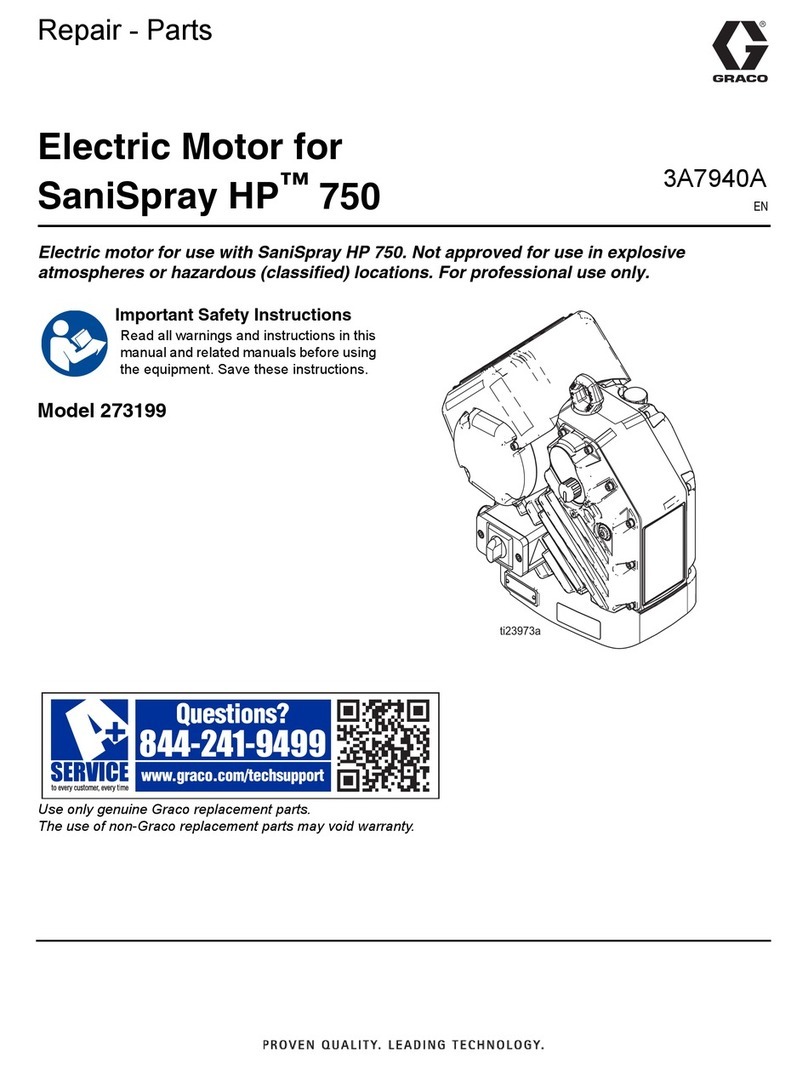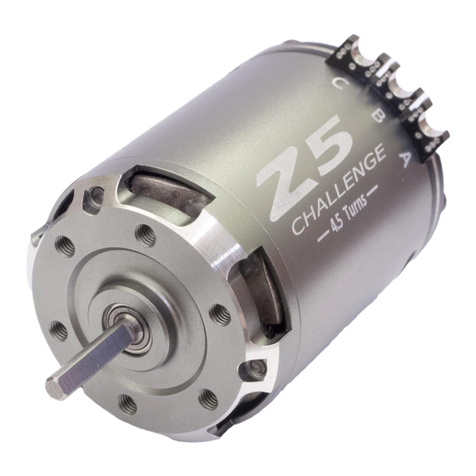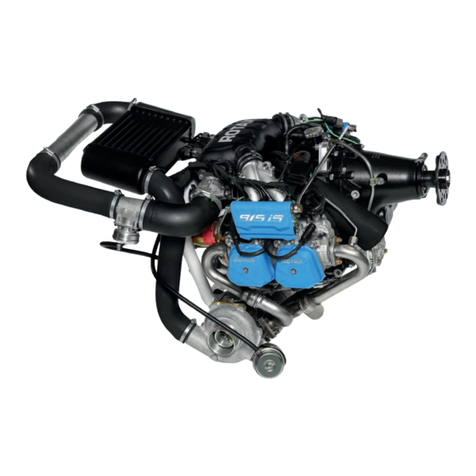
4
EN
3. Safety instructions
Risk of fatal electric shock when
touching electrical components.
◆The electrical connection for the tubular motor
and all work on the electrical systems may only be
undertaken by an authorised qualified electrician
and in accordance with the connection diagrams
in these instructions, see page 18 / 19 et seq.
◆Carry out all installation and connection work only
in an isolated, de-energised state.
Risk of fatal electric shock when
installed incorrectly in damp rooms.
◆Especially observe DIN VDE 0100, parts 701 and
702 when installing in damp rooms. These regu-
lations contain mandatory protective measures.
The use of defective equipment can lead to per-
sonal injury and damage to property (electric
shocks, short circuiting).
◆Never use defective or damaged equipment.
◆Check the drive and mains cable beforehand for
damage.
◆Should you discover damage to the equipment,
please consult our customer service department.
According to DIN EN 13659, it is necessary to deter-
mine that the movement conditions for the shutters
are maintained in accordance with EN 12045.
◆The displacement must be of at least 40 mm on
the lower edge in the rolled-out position with a
force of 150 N in the upwards direction.
◆In doing so, it must be ensured that the extend-
ing speed of the shutters for the final 0.4 m is less
than 0.15 m/s.
There is also a risk of fatal injury from crush-
ing resulting from uncontrolled starting of the
drive.
◆Never attempt to manually stop the motor/shut-
ters in the event of uncontrolled movement.
◆In such cases, switch off all power to the drive and
take appropriate safety precautions to prevent
unintentional switching on.
◆Arrange to have the system checked by a skilled
electrician.
Exceeding the maximum permissible running
time (KB = transient operation) may overload the
tubular motor.
◆The maximum permissible running time for a cycle
may not be exceeded when the equipment is in
operation. For this reason, the tubular motor has
a running time limit (KB = transient operation) of
four minutes.
◆If the running time limit is triggered, then the
tubular motor must be left for at least 20 minutes
to cool down.
Incorrect use leads to an increased risk of injury.
◆Train all personnel to safely use the tubular motor.
◆Do not allow children to play with the fixed
controllers and keep remote controls away from
children.
◆Cleaning and user maintenance may not be
carried out by children without supervision.
For roller shutters:
◆Watch the roller shutter whilst carrying out the
settings and keep other people away from the area
to avoid injury in the event of sudden slippage of
the shutter.
◆Watch the moving roller shutter during operation
and keep other people away from the area until
the movement has been completed.
◆Carry out all cleaning work on the roller shutter
whilst the device is disconnected from the mains
power.
For awning systems which can be operated out of
sight of the operator:
◆The awning may not be operated if work is being
carried out nearby (e.g. windows being cleaned).
For automatically actuated awnings:
◆Disconnect the awning from the power supply if
work is being carried out nearby.
A lack of maintenance can lead to personal injury
through damage to your tubular motor and roller
shutter or awning system:
◆Please check all of your roller shutter system
components regularly for damage.
◆Check regularly that the roller shutter system is
functioning correctly.
◆The shutters must not be damaged.
◆Damaged components should be exchanged by
a specialist roller shutter firm.
With awning systems:
◆Check the awning regularly for poor balance or
damaged lines and springs.
◆Have damaged awnings repaired by a specialist
awning firm.
Contact with the drive housing can cause burns.
◆The tubular motor gets hot during operation. Al-
low the motor to cool down prior to undertaking
any further work on the motor.
◆Never touch the hot drive housing.

